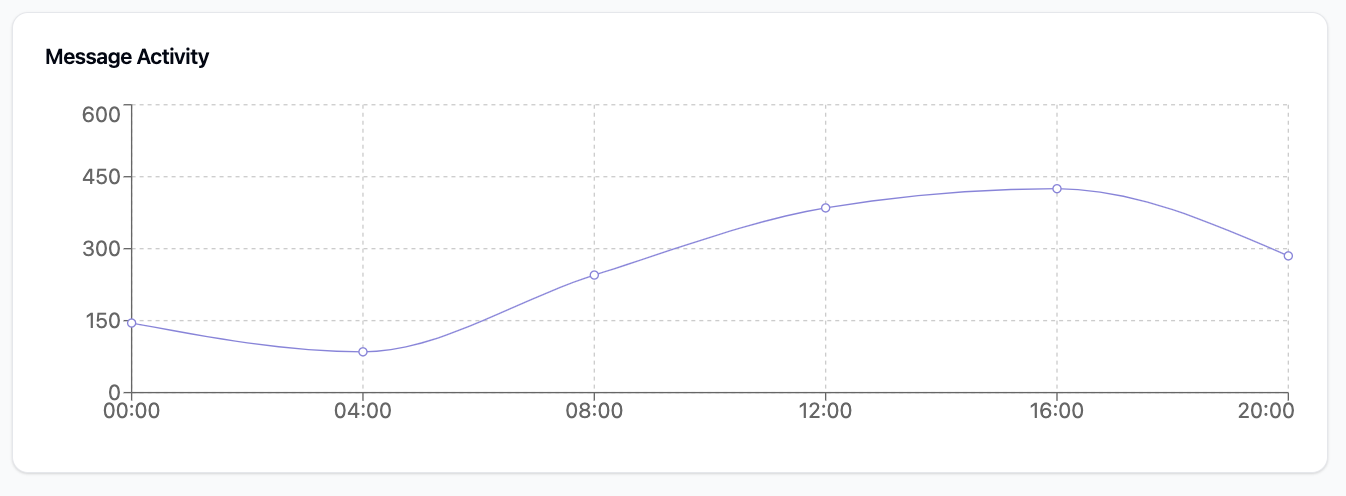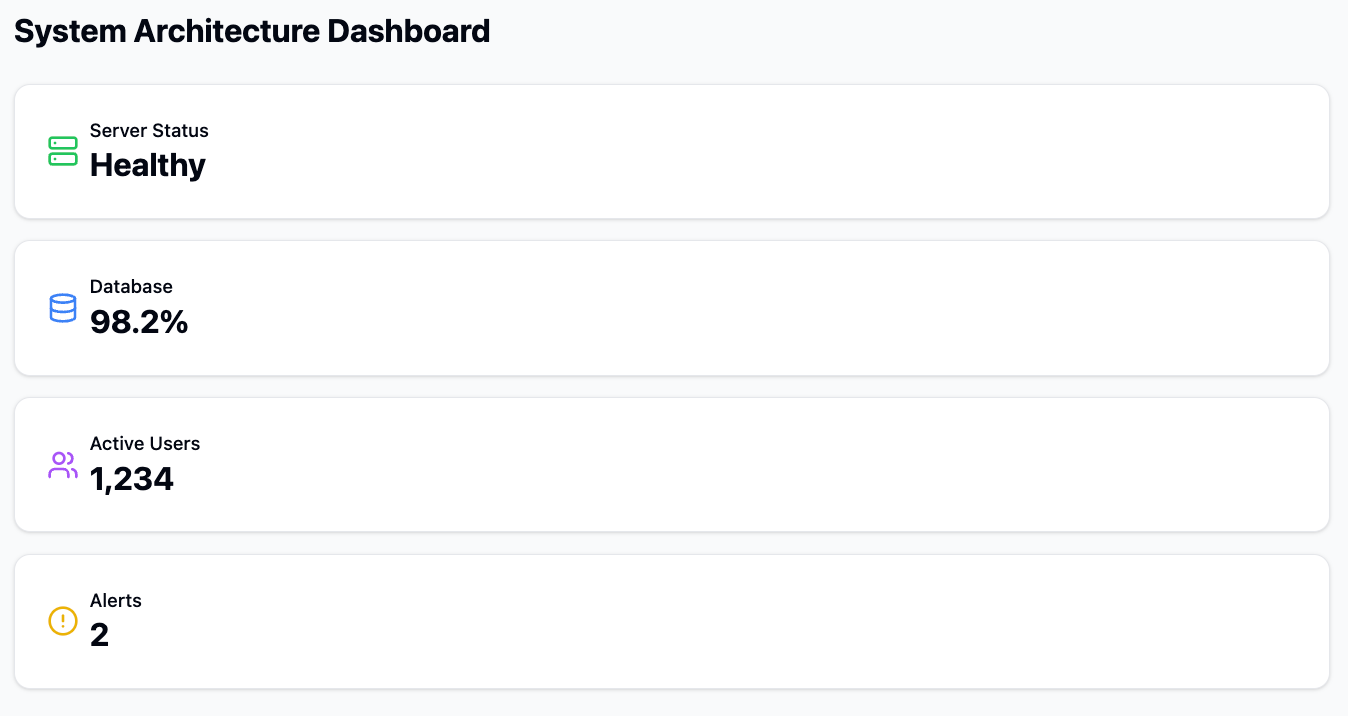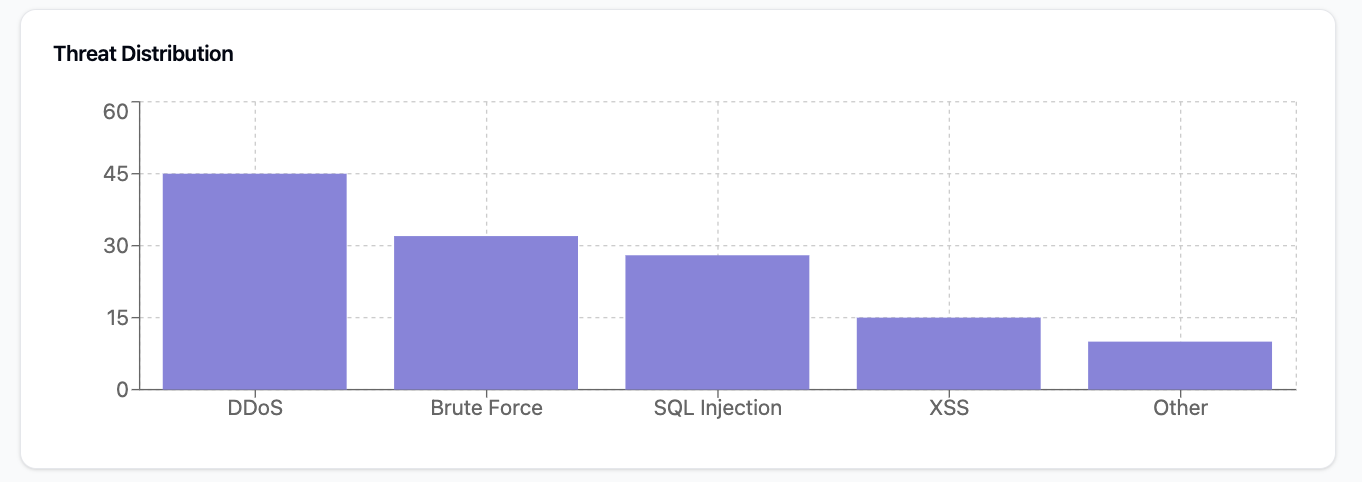Mastering How to Build a Real Time Chat Application with Bolt.new
How to Build a Real Time Chat Application with Bolt.new
Real-time chat apps are a must have for modern web platforms, instant communication and user engagement. As businesses and organizations move more to digital communication tools, building chat apps is a skill developers should have.
AI tools have a transformative impact on app development, enabling individuals with limited technical skills to create workable prototypes rapidly and streamline the development process efficiently.
Introduction to Real-Time Chat Applications
Real-time chat applications have revolutionized the way we communicate, enabling instant messaging that is crucial for both personal and professional interactions. With the rise of remote work and the proliferation of online communities, these applications have become indispensable tools for staying connected and collaborating effectively. Whether it’s for team coordination, customer support, or social networking, real-time chat apps facilitate seamless communication, making them a cornerstone of modern digital interaction.
When embarking on the journey of building a real-time chat application, it’s essential to carefully consider the tools and technologies that will form the backbone of your app. The choices you make will significantly impact the performance, scalability, and user experience of your application. In the following sections, we’ll explore the key considerations and best practices for selecting the right tools and technologies to create a robust and efficient chat app.

The Basics
A real-time chat app has several key components. At the heart of it you need a responsive front-end that updates instantly as messages come in. This needs to be backed by robust WebSocket connections that deliver messages in real-time between users. Additionally, generating an app token is crucial as part of the setup process for integrating with Slack’s Events API. This token, along with specifying the necessary scopes, defines the app’s permissions and functionalities, enabling it to listen to events and respond within a Slack workspace.
Enabling events is also important, as it allows developers to subscribe their app to specific types of events occurring within a Slack workspace, enabling the app to listen and respond dynamically to interactions like messages and reactions.
Message storage and retrieval mechanisms are important for chat history and message search. The whole architecture needs to be scalable to handle multiple users without performance degradation. Using environment variables to manage configuration settings and keep sensitive data secure is essential, as it ensures that API keys and other sensitive information do not get exposed in the source code.

Choosing the Right Tools and Technologies
Building a real-time chat application requires a thoughtful selection of tools and technologies to ensure your app is both scalable and reliable. Here are some key considerations to guide your choices:
-
Backend Framework: Opt for a backend framework that excels in real-time communication. Node.js is a popular choice due to its non-blocking, event-driven architecture, which is ideal for handling multiple simultaneous connections. Ruby on Rails is another robust option, known for its convention over configuration approach, which can speed up development.
-
Frontend Framework: The frontend framework you choose should provide a seamless and responsive user experience. React is highly favored for its component-based architecture and efficient rendering, while Angular offers a comprehensive solution with built-in tools and features for developing dynamic web applications.
-
Database: Your database must handle high volumes of data and provide fast query performance. MongoDB, with its flexible document model, is well-suited for real-time applications. PostgreSQL, known for its reliability and advanced features, is another excellent choice for managing complex queries and large datasets.
-
API Gateway: An API gateway is crucial for managing incoming requests and ensuring secure communication between your app and backend services. It acts as a reverse proxy, handling tasks such as load balancing, authentication, and rate limiting.
-
Real-time Communication: Implement a real-time communication library to enable instant messaging between users. Socket.io is a popular choice for its simplicity and versatility, while WebSockets provide a more low-level, efficient protocol for real-time data transfer.
By carefully selecting the right tools and technologies, you’ll lay a strong foundation for building a scalable and reliable real-time chat application that meets the needs of your users.
What to Implement: Environment Variables
When building a chat app several key features need attention. Real-time message sync ensures users get messages instantly, a seamless conversation experience. This means implementing message delivery protocols and handling different network conditions. A bot user can listen and respond to messages in direct messages or channels, enhancing the app’s interactivity.
Message storage is another important aspect to consider. Messages need to be persisted in a database that can handle real-time operations. The database technology you choose will impact your app’s performance and scalability. Enabling bot events within the Slack API framework allows a bot to listen to various activities in a Slack workspace, such as posting messages and reacting to them, thereby enhancing the bot’s interactive capabilities.
User presence is another feature that adds to the user experience. By tracking when users are online, offline or away you can provide context to conversations and enable more meaningful interactions.
Designing and Building Your Chat Application
With the right tools and technologies in place, the next step is to design and build your chat application. Here are some key considerations to ensure your app is both functional and user-friendly:
-
User Interface: Design an intuitive user interface that facilitates easy navigation and interaction. Key features should include chat windows, user profiles, and file-sharing capabilities. A clean and responsive design will enhance the overall user experience.
-
User Experience: Focus on providing a seamless user experience with real-time messaging, typing indicators, and read receipts. These features make conversations feel more interactive and engaging, mimicking the immediacy of face-to-face communication.
-
Security: Implement robust security measures to protect user data and prevent unauthorized access. This includes end-to-end encryption for message privacy, secure authentication mechanisms, and regular security audits to identify and mitigate vulnerabilities.
-
Scalability: Design your app to scale with your user base. Implement load balancing to distribute traffic evenly across servers and caching to speed up data retrieval. Consider database sharding to manage large volumes of message history efficiently.
By adhering to these best practices, you’ll be able to build a chat application that is not only functional but also provides a superior user experience.
Handling User Interactions and Events
Handling user interactions and events in real-time is crucial for maintaining an engaging and responsive chat application. Here are some key considerations:
-
User Input: Efficiently handle various types of user input, including text messages, file uploads, and voice messages. Ensure that these inputs are processed and delivered in real-time to maintain the flow of conversation.
-
Event Subscriptions: Utilize event subscriptions to keep users informed of new messages, file uploads, and other significant events. This real-time notification system enhances user engagement and ensures that users are always up-to-date with the latest interactions.
-
Bot Integration: Integrate bots into your chat application to provide automated support and enhance the user experience. Bots can handle routine tasks, answer frequently asked questions, and even facilitate transactions, making the chat experience more efficient and enjoyable.
-
Analytics: Implement analytics to track user behavior and optimize your app for better performance. By analyzing data on message delivery times, user activity patterns, and engagement levels, you can make informed decisions to improve the overall user experience.
By effectively managing user interactions and events, you’ll create a chat application that is both dynamic and engaging, keeping users connected and satisfied.
Tips
Building a chat app is more than just basic functionality. You need to focus on user experience details that make the app feel polished and professional. This means message delivery receipts to confirm messages were sent and typing indicators to make conversations feel real-time. To enable the app to listen for specific events, navigate to the app’s configuration page and click ‘Generate Token and Scopes’ under the App-Level Tokens section.
Message formatting and rich media sharing can add to communication capabilities. But these features need to be balanced with performance and error handling. And reconnection logic to keep users connected when network issues occur. Additionally, add OAuth scopes and navigate to the ‘Install App’ feature to authorize the installation of the app into a workspace.
Scaling
As your chat app grows in popularity scaling becomes a concern. Message queuing systems can handle high volumes of messages efficiently so no messages are lost during peak hours. Load balancing is required to distribute WebSocket connections across multiple servers.
Using no-code tools like Bolt.new can simplify the entire process of app development, streamlining everything from ideation to deployment, making it accessible and efficient for users without technical backgrounds.
Database sharding may be needed to manage large message history. This allows you to distribute data across multiple database instances and performance. Caching can also speed up message retrieval for frequently accessed conversations.

Security: Managing Bot Tokens
Security should be top of mind in any chat app. End-to-end encryption is key to protecting sensitive communications, so messages can only be read by the intended recipient. Rate limiting helps prevent abuse and spam, protects the system from being overwhelmed.
Sensitive values like the signing secret and bot token should be securely stored in a .env file. This ensures that environment variables crucial for authentication are managed properly and not exposed publicly.
Input sanitization is key to prevent XSS and other security vulnerabilities. Authentication systems need to be robust with secure tokens with proper expiration to protect user sessions.
Deployment: Using Environment Variables
A good deployment strategy is important to have a reliable chat app. This means implementing monitoring systems to track WebSocket connections and overall system performance. Analytics to track message delivery success rates and identify issues before they affect users.
Enabling socket mode within your application is crucial for activating interactive features and event subscriptions. Socket mode facilitates communication with the Events API without the need for a public HTTP Request URL, making it particularly advantageous during development and for apps operating behind firewalls.
Automated scaling means your app can handle different loads efficiently. This means adding or removing server resources based on demand. Having proper backup for message history is also important for data preservation and compliance.
Marketing and Growing Your App
Once your chat application is built and launched, the next challenge is to market and grow your app to attract new users. Here are some key strategies to consider:
-
Social Media: Leverage social media platforms to promote your app and engage with your target audience. Regularly post updates, share user testimonials, and create interactive content to build a community around your app.
-
Content Marketing: Develop high-quality content, such as blog posts, tutorials, and videos, to showcase your app’s features and benefits. This content can help attract new users by providing valuable information and demonstrating the app’s capabilities.
-
Influencer Marketing: Partner with influencers in your industry to reach a broader audience. Influencers can provide authentic endorsements and share your app with their followers, driving awareness and downloads.
-
Paid Advertising: Invest in paid advertising campaigns on platforms like Google Ads and Facebook Ads to reach new users. Targeted ads can help drive traffic to your app and increase user acquisition.
By implementing these marketing strategies, you’ll be able to grow your app’s user base and establish a strong presence in the market.
I hope this helps! Let me know if you have any further questions or need any additional assistance.
Chat Apps of the Future
As technology advances chat apps are getting more complex. Integration with AI can bring automated responses, language translation and content moderation. These opens up new opportunities for innovation in real-time communication.
The transformative nature of software development in the context of no-code, AI-driven platforms enables users to convert their creative ideas into functional applications without needing traditional coding skills.
Done!
Building a real-time chat app is all about paying attention to the technical details. Follow the tips and focus on performance, security and user experience and you’ll have a solid and awesome chat app. The process of creating a new app is greatly enhanced by modern AI tools, making app development accessible even for those without technical skills.
Don’t forget chat apps are built iteratively, feedback and requirements change. Stay up to date with new tech and best practices in real-time communication. Creating and setting up a Slack app is crucial, involving steps like using frameworks such as Bolt for JavaScript and managing token permissions for API access.
